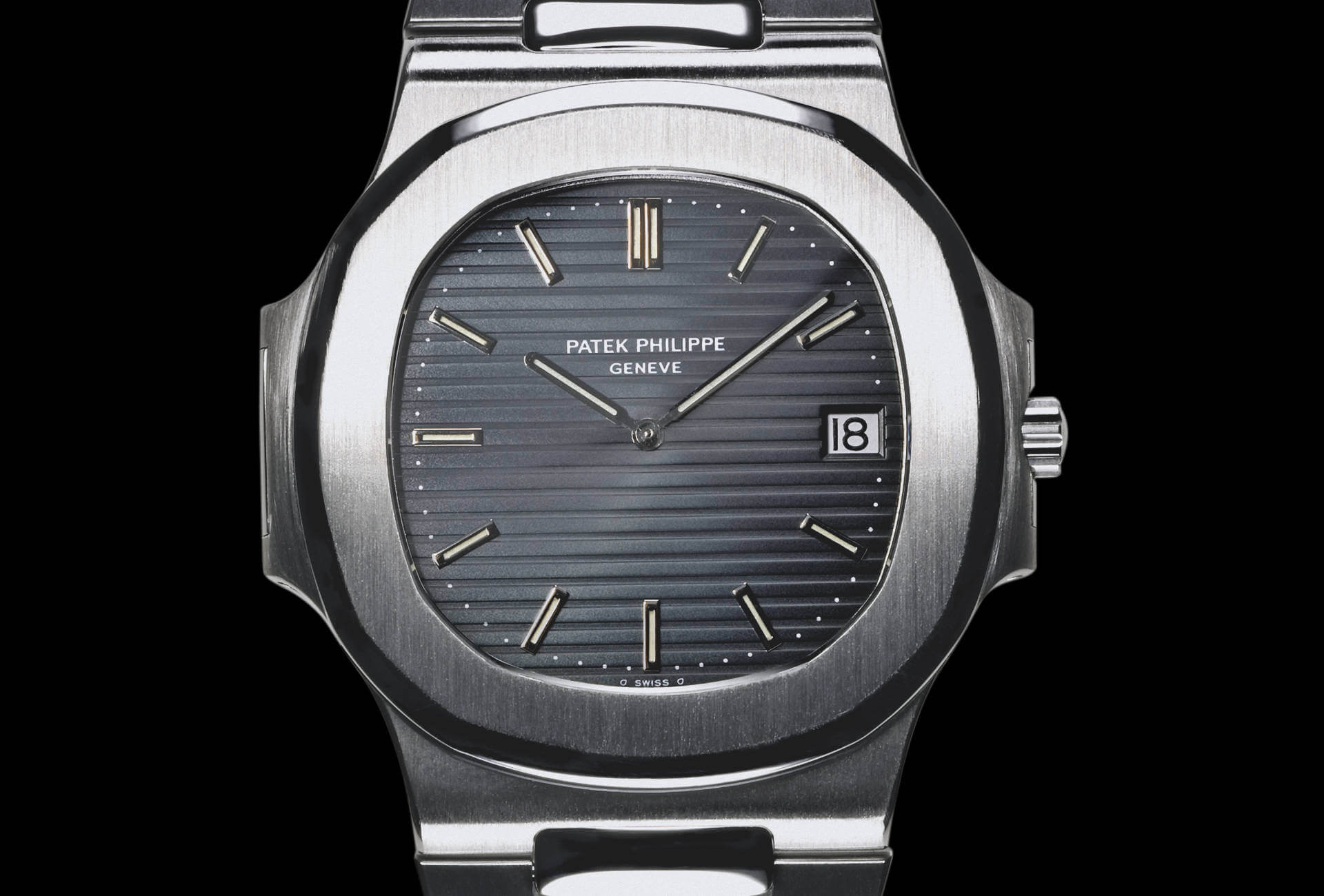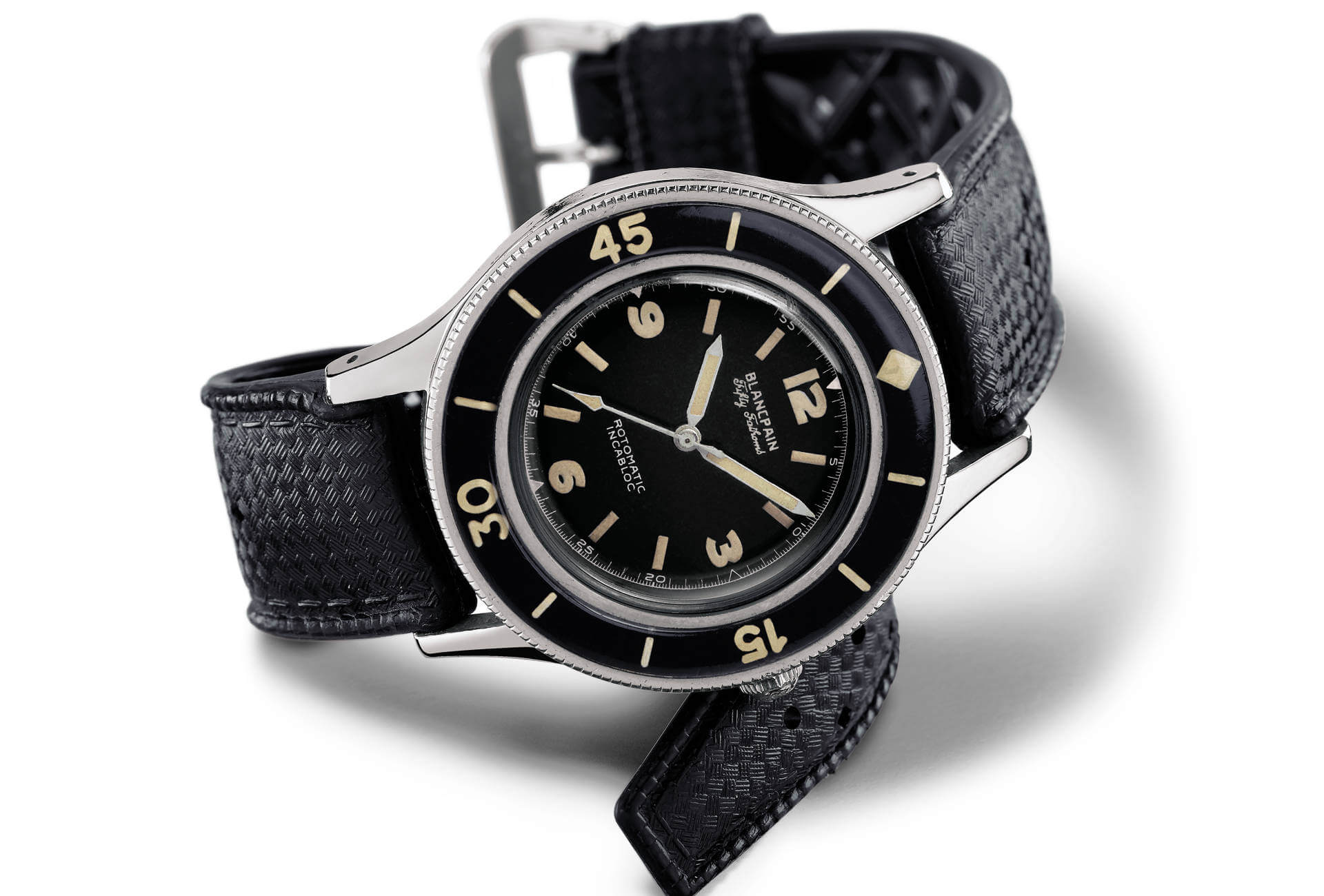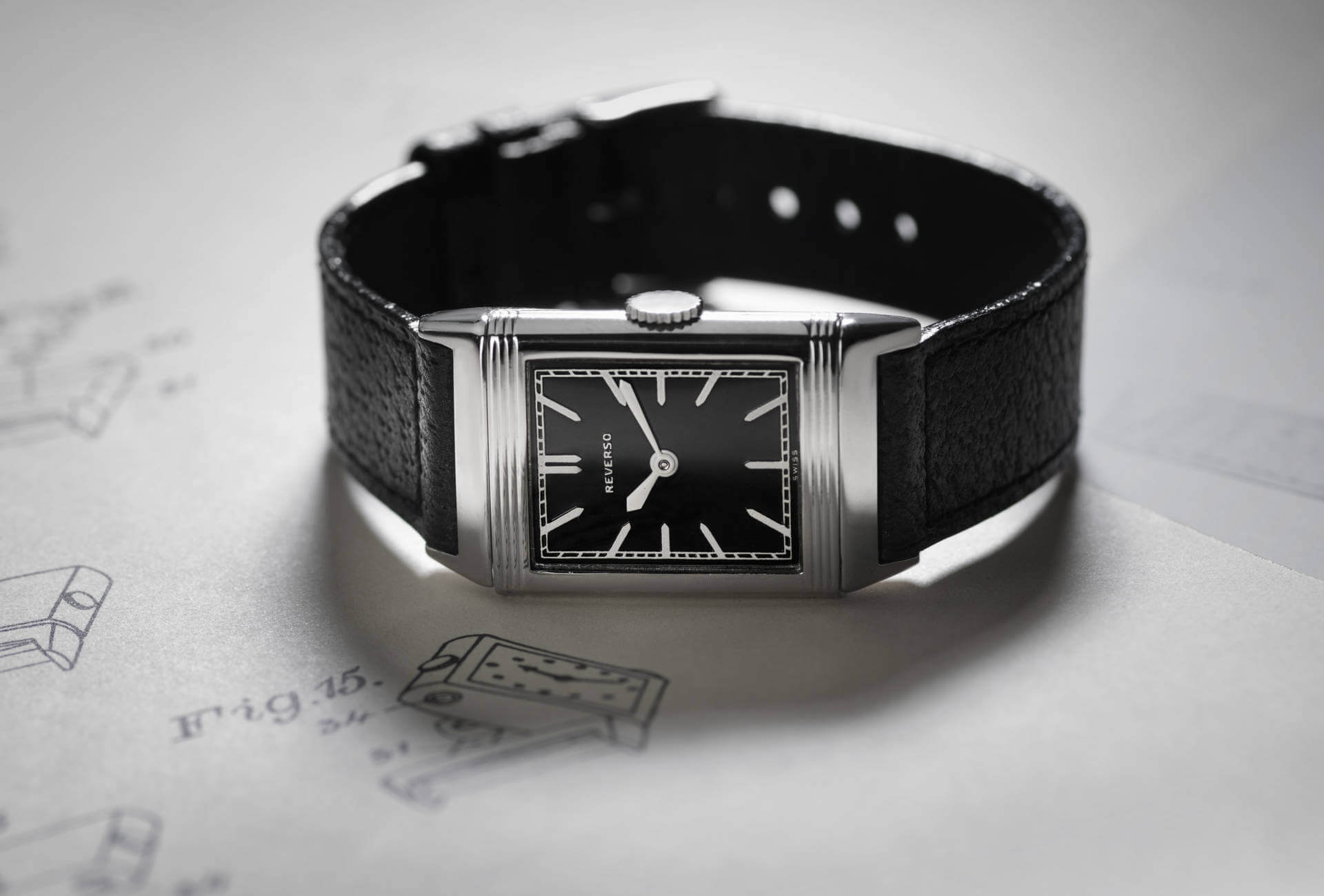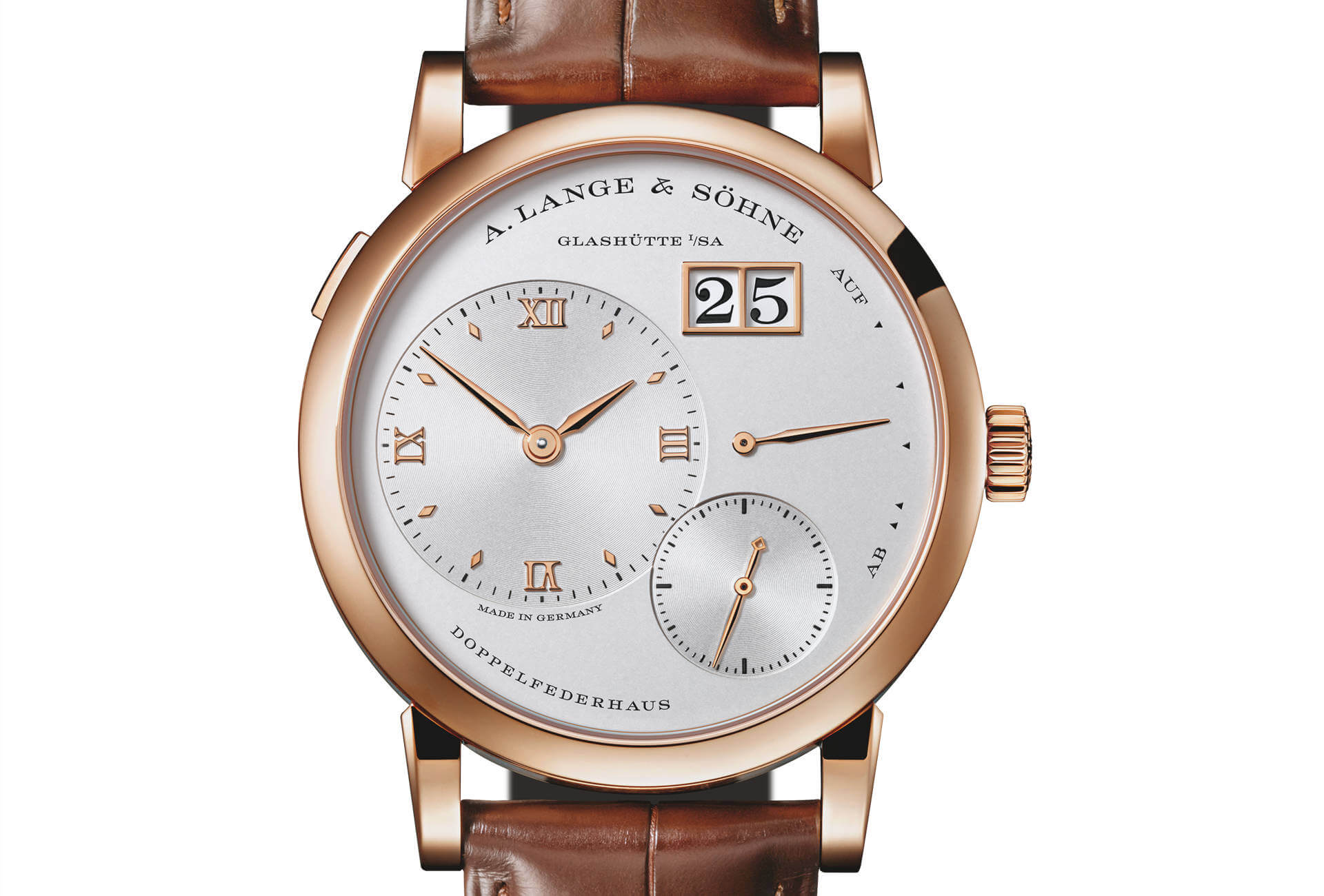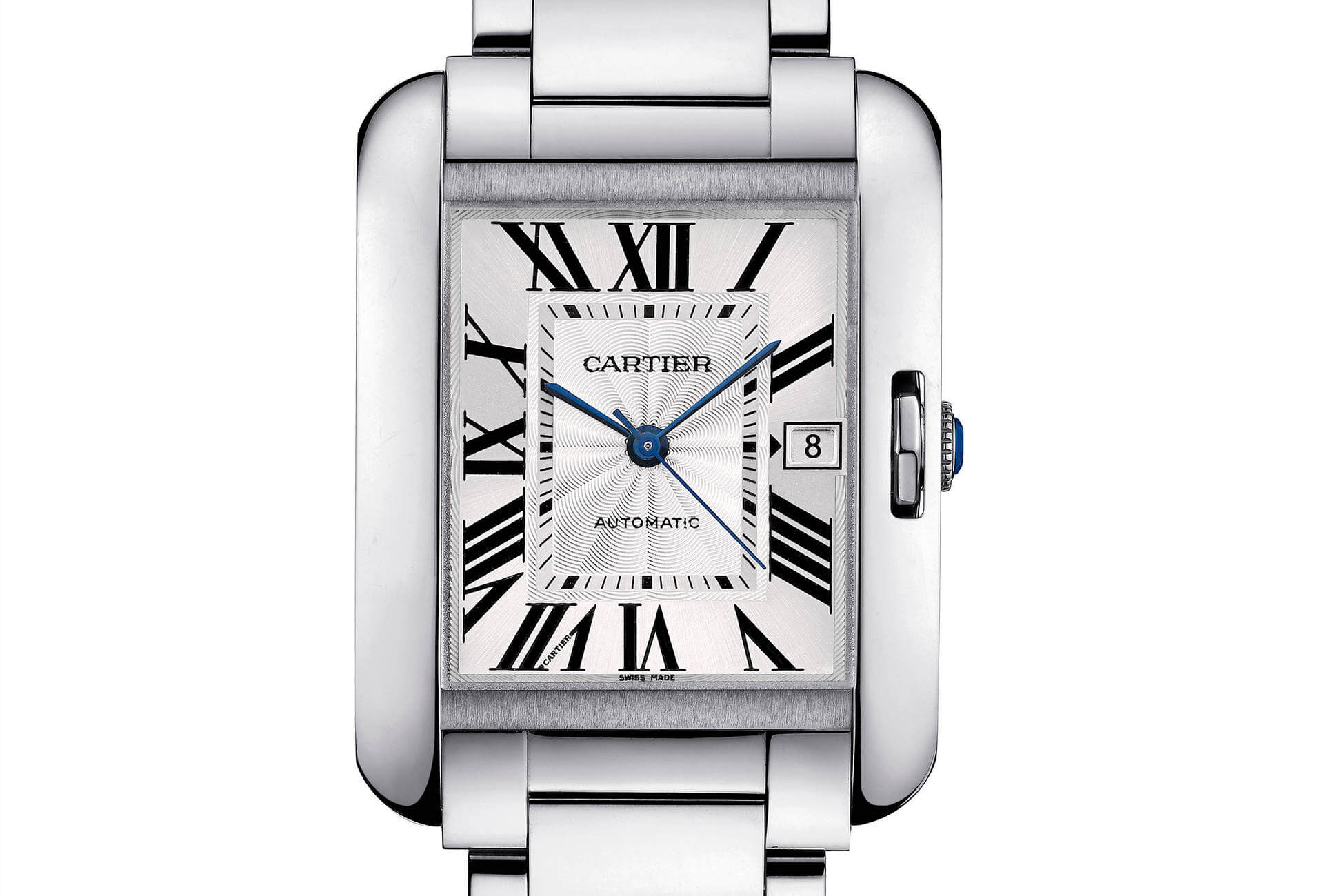When the Nautilus was launched in 1976, eyebrows hit the ceiling. Less for the luxury plus steel combo and more for its provenance. Who would have expected the venerable Patek Philippe, that bastion of classicism, to hitch its wagon to such a recent trend? Yet once the shockwaves had passed, there was no denying that the Nautilus bore the Genevan Manufacture’s particular brand of refinement.
The most striking aspect of the Nautilus design was the unusually large case in the shape of a ship's porthole.
First the Jumbo
The most immediately striking aspect of Gérald Genta’s design was the unusually large (for those days) case – 42 mm at its widest point – in the shape of a ship’s porthole. This extended into strange protuberances on the left and right sides known as “ears”. They served to hide the screwed hinges that clamped the bezel to the case, which was milled from a single block of steel. This patented departure from what is still the conventional tri-part construction made it possible to compress a rubber gasket between the bezel and case, and thus obtain an impressive 120-metre water-resistance. Appropriately, Patek Philippe named its new timepiece the Nautilus, after Captain Nemo’s submarine in the Jules Verne novel Twenty Thousand Leagues Under the Sea. Dubbed “Jumbo” by its fans, its combination of tough steel and rugged construction appealed to a go-getting clientele who were seeking a watch that would see them from office to evening, and adapt to an active, athletic lifestyle too. Indeed, an early ad claimed the Nautilus worked as well with a wet suit as it did with a dinner suit.
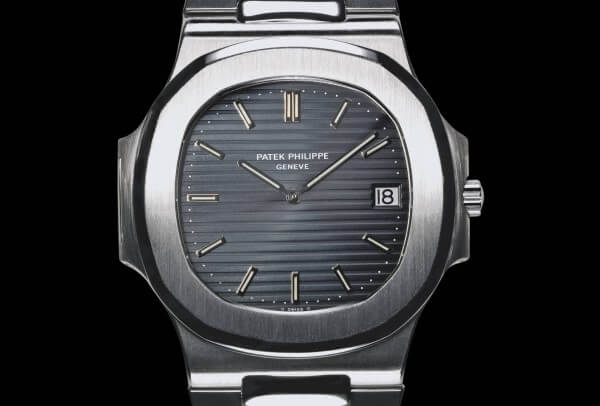
One reason the Nautilus looked so good with a suit was its thinness (7.6 mm high), thanks to which it fitted comfortably under a shirt cuff. Nor was this the only refinement – we’re talking Patek Philippe, after all. The bezel was a carefully studied hybrid shape: not quite round, nor square, nor cushion, nor even octagonal despite its eight sides which alternated two different lengths and whose contours curved to form a subtle arc of a circle. The colour of the horizontally striated dial moved in gradients from dark blue to black, lending a dynamic appearance. The built-in metal bracelet was designed to feel exceptionally comfortable on the wrist. Such elegance confirmed the Nautilus’s parentage as well as underscoring its athletic design, winning admirers among a new faction of watch-wearers but also longstanding admirers of the brand. As its popularity increased, particularly from the 1980s, so did the range with the introduction of new sizes, materials, dials, as well as additional functions. The biggest change, however, came when the Nautilus turned thirty.
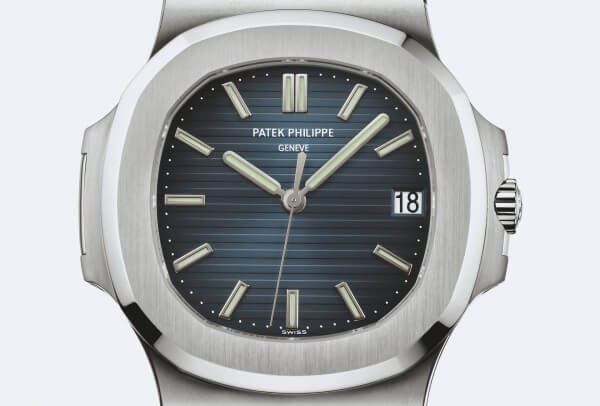
Reloaded but recognisable
In 2006, then, Patek Philippe ceased production of all previous versions to make way for a new collection. There were no glaring changes, simply subtle tweaks. Perhaps the most immediately obvious was the addition of a sapphire crystal to show off the movement. This necessitated the return to a classic tri-part case construction, although advances in manufacturing techniques made it possible to maintain the original 120-metre water-resistance. The “ears” were now slightly rounded, echoing the curve of the bezel and adding slightly to the overall width: an extra millimetre (43 mm) for the Jumbo’s direct descendant, and 44 mm for the more sophisticated versions. The women’s collection would be given its own makeover three years later.
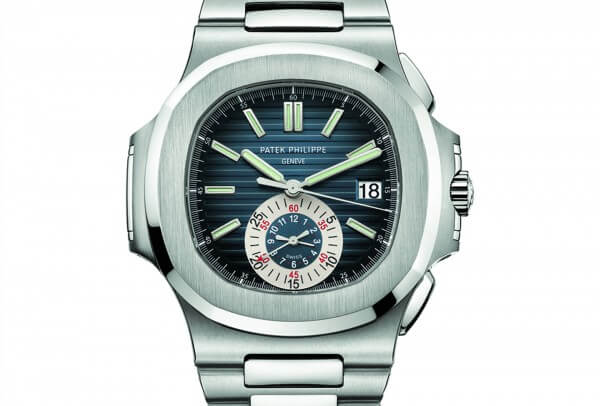
As well as three-handers, which naturally included a steel version with blue-black dial, the 2006 line-up comprised Reference 5712 (calendar, moon phases and power reserve) and the first ever Nautilus chronograph, which did a remarkably good job of integrating the pushers. A chrono function was an apposite move for such a sporty watch, but one the Geneva firm had not rushed into, preferring instead to wait until it could dispose of its own, in-house movement.
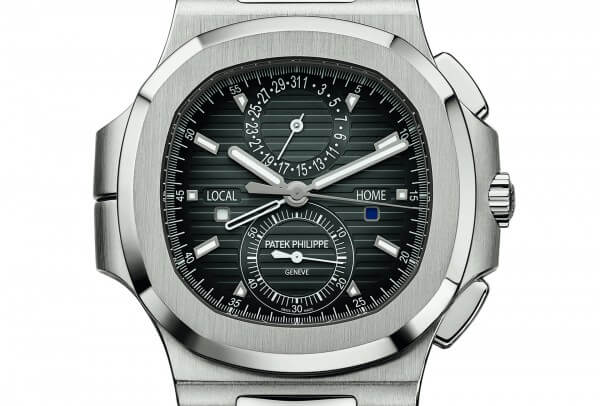
Since then, the Nautilus collection has been joined by an annual calendar with moon phases (2010) and the astonishing Travel Time chronograph (2014) which ushered in another design evolution: the protrusion on the left side of the case is replaced by the two pushers that serve to adjust local time backwards or forwards, yet visually there is little to distinguish them from the original “ear” design. The most complicated Nautilus to date, the Travel Time turned a page without turning its back on the essence of a legendary timepiece.








